May 21
14 min. to read
How Becoming a Wildlife Photographer: Insights on Career Prospects
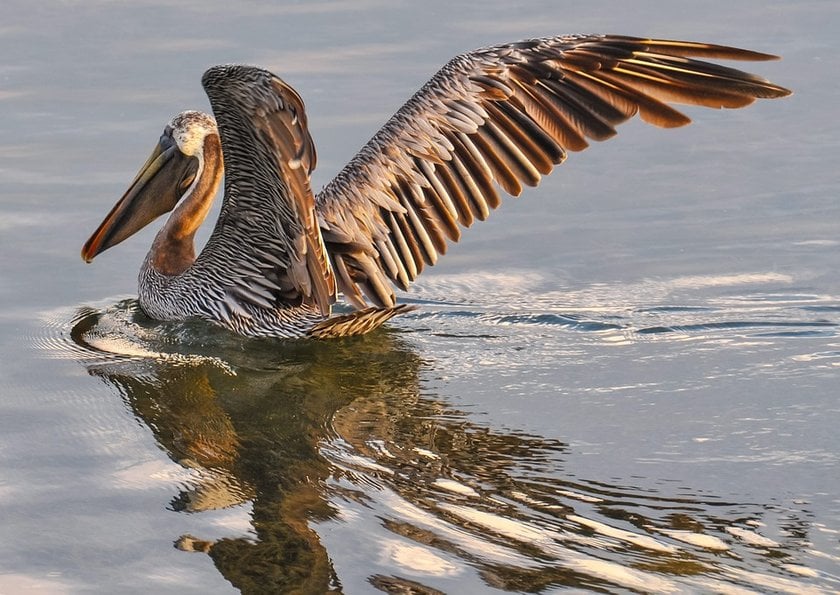 Photography is a fantastic field to get into. Many people like to photograph what's around them and some are very good at it. Photography is a wide field and wildlife photography is a specialty that can actually pay well if you choose it as a full blown career.
Photography is a fantastic field to get into. Many people like to photograph what's around them and some are very good at it. Photography is a wide field and wildlife photography is a specialty that can actually pay well if you choose it as a full blown career.
Wildlife photography is usually for individuals who love the wilderness. It is all about clicking at the right moment and capturing the wildness. So how can you become a wildlife photographer? Here are the tips:
Learn Basic Photography
You need to be a photographer before you become a wildlife photographer. Learn to use a camera, understand about light and different equipment used before going all out. Don't forget that you will definitely need photo organizing software like Luminar Neo or Lightroom in your work.
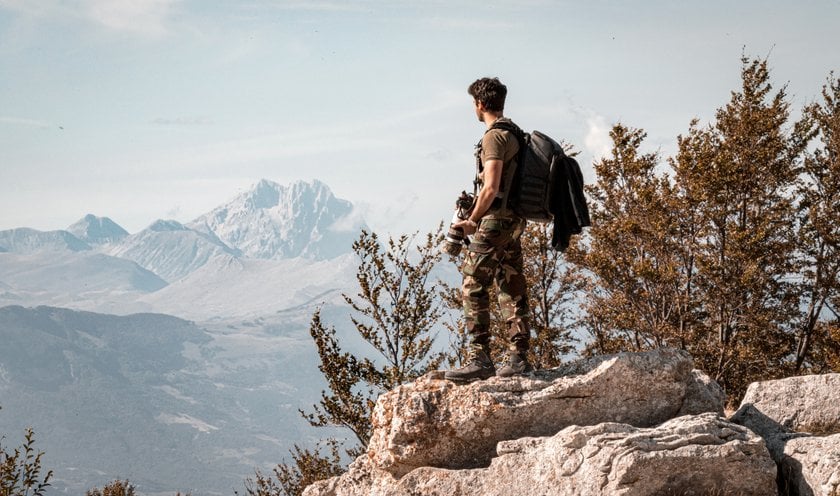 You do not have to start looking for wildlife right away. The truth is that wildlife photography is difficult. You are not clicking still objects, instead you're clicking animals that are on the move. It can be tricky to get the right shot, so you need to first get comfortable with a camera.
You do not have to start looking for wildlife right away. The truth is that wildlife photography is difficult. You are not clicking still objects, instead you're clicking animals that are on the move. It can be tricky to get the right shot, so you need to first get comfortable with a camera.
Assist Someone
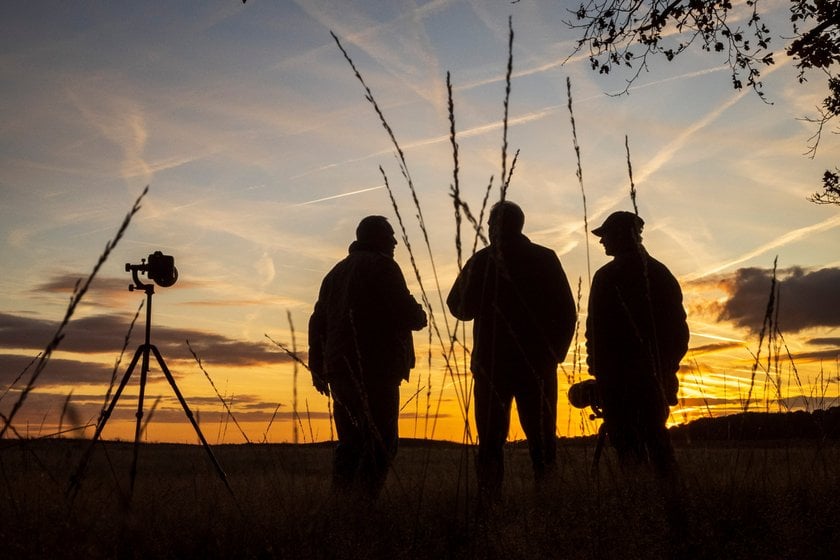 The next step is to look for an expert and assist him or her. There are tonnes of wildlife photographers out there looking for assistants. This would give you on-job training and allow you to understand the art better and get good pictures.
The next step is to look for an expert and assist him or her. There are tonnes of wildlife photographers out there looking for assistants. This would give you on-job training and allow you to understand the art better and get good pictures.
Look For Photogenic Environments
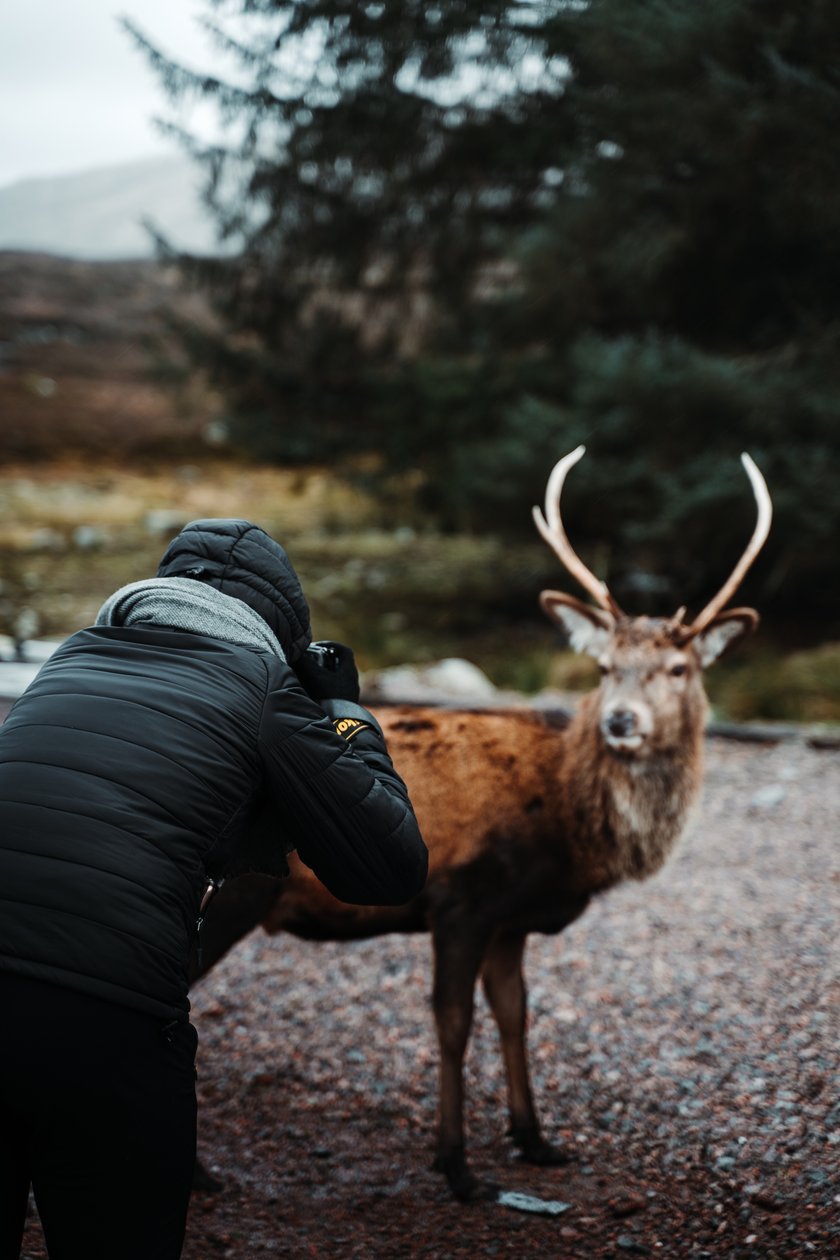 The primary concern of a wildlife photographer should be to find a spot that looks photogenic, that is naturally beautiful. Wildlife doesn’t mean you have to go to a jungle, you can start from your rooftop and click the eagles flying above you. If you've found a stunning location but the picture is too dark, all you need is image lightening in Luminar Neo.
The primary concern of a wildlife photographer should be to find a spot that looks photogenic, that is naturally beautiful. Wildlife doesn’t mean you have to go to a jungle, you can start from your rooftop and click the eagles flying above you. If you've found a stunning location but the picture is too dark, all you need is image lightening in Luminar Neo.
Start Off With Safe/Basic Species
 If you’re starting out fresh, choose a common or easy-to-capture specie. While being able to photograph lions, tigers, and snakes is tempting, it’s very risky and you wouldn’t want to do it at the beginning of your career. First, it is better to find wildlife species and natural settings that do not pose a threat to humans.
If you’re starting out fresh, choose a common or easy-to-capture specie. While being able to photograph lions, tigers, and snakes is tempting, it’s very risky and you wouldn’t want to do it at the beginning of your career. First, it is better to find wildlife species and natural settings that do not pose a threat to humans.
Be Patient
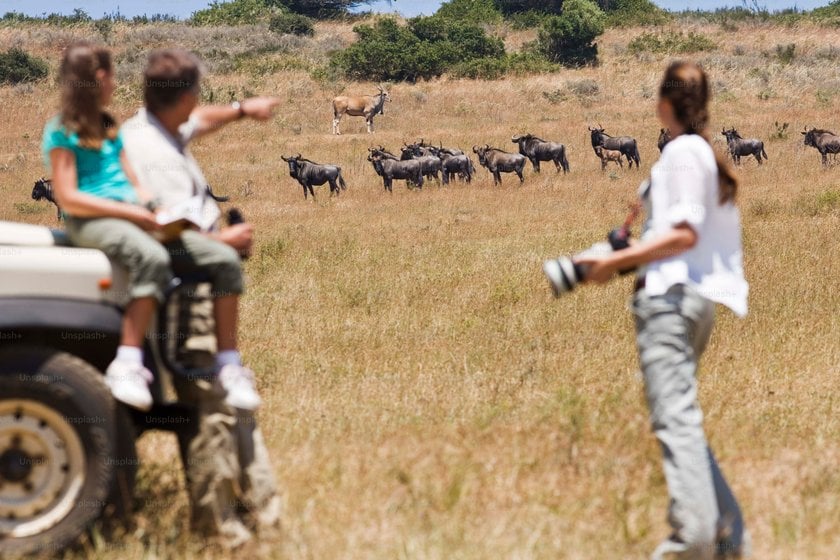 Photographing wild creatures requires persistence since you have no control over the reaction of the animal. The dog will not pose the way you want to. Photographers often have to wait days before getting a perfect shot, so make sure to put in such dedication.
Photographing wild creatures requires persistence since you have no control over the reaction of the animal. The dog will not pose the way you want to. Photographers often have to wait days before getting a perfect shot, so make sure to put in such dedication.
And no matter how beautiful the shot is, you can't do without post-processing. The good news is that you don't have to learn Photoshop, because thanks to Luminar Neo's artificial intelligence photo editing, you can get a perfect result in just a few minutes!
Do Research And Carry Necessary Gear
Research your subject in natural habitat and location. You’ll need to know about their behavior as well; where your subject likes to live, what it feeds on, and when it may appear. Also, have all the necessary gear ready in advance, including lenses and tripods. If you're just starting out, you don't need to use the latest and greatest equipment, so don't worry.
When you finally click the perfect shot, don’t forget to give it a few editing touches. A recommended software that makes your wildlife photography more lively is Luminar Neo and it is used by most professionals. For example, you can change the colors of the image in just a couple of clicks.
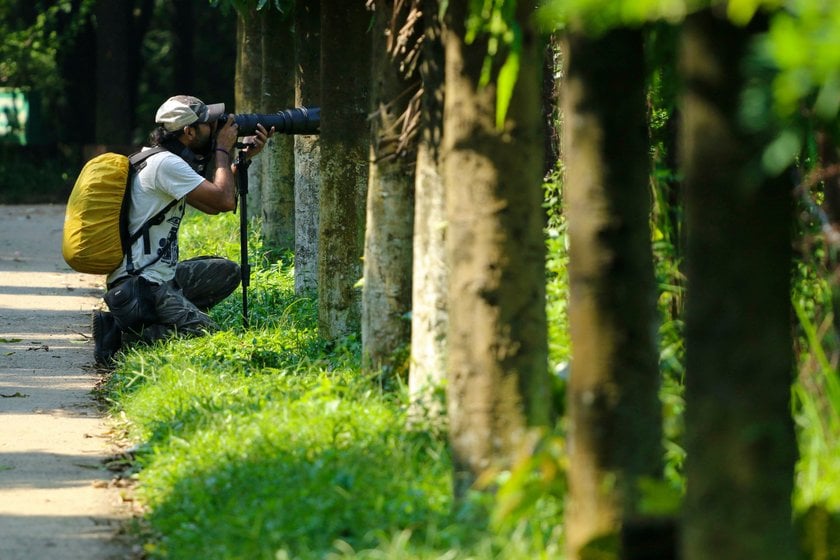 The tool is available for Mac users and is extremely easy to go. Most wildlife photographers edit their photos to correct issues, especially lights as wildlife photography can be tricky since you aren’t exactly timing the shot. Also, you can use some beautiful photography presets.
The tool is available for Mac users and is extremely easy to go. Most wildlife photographers edit their photos to correct issues, especially lights as wildlife photography can be tricky since you aren’t exactly timing the shot. Also, you can use some beautiful photography presets.
Once all is ready, you need to look at buyers for your shot. You may sell it to one of the many wildlife magazines or online sites that purchase photos.
How Much Do Wildlife Photographers Make Per Year?
So how much does a wildlife photographer make? The income of professionals can vary widely depending on a variety of factors such as their experience, the demand for their work, the quality of their images, and the specific industry or niche. For instance, ZipRecruiter indicates that the typical wildlife photographer's salary varies from $29,000 to $48,000, with an average of $41,000. You have to agree that this is pretty good. This figure is similar to the median annual income for this profession (including nature photographer salary) in general, which the U.S. Bureau of Labor Statistics reports as $41,280.
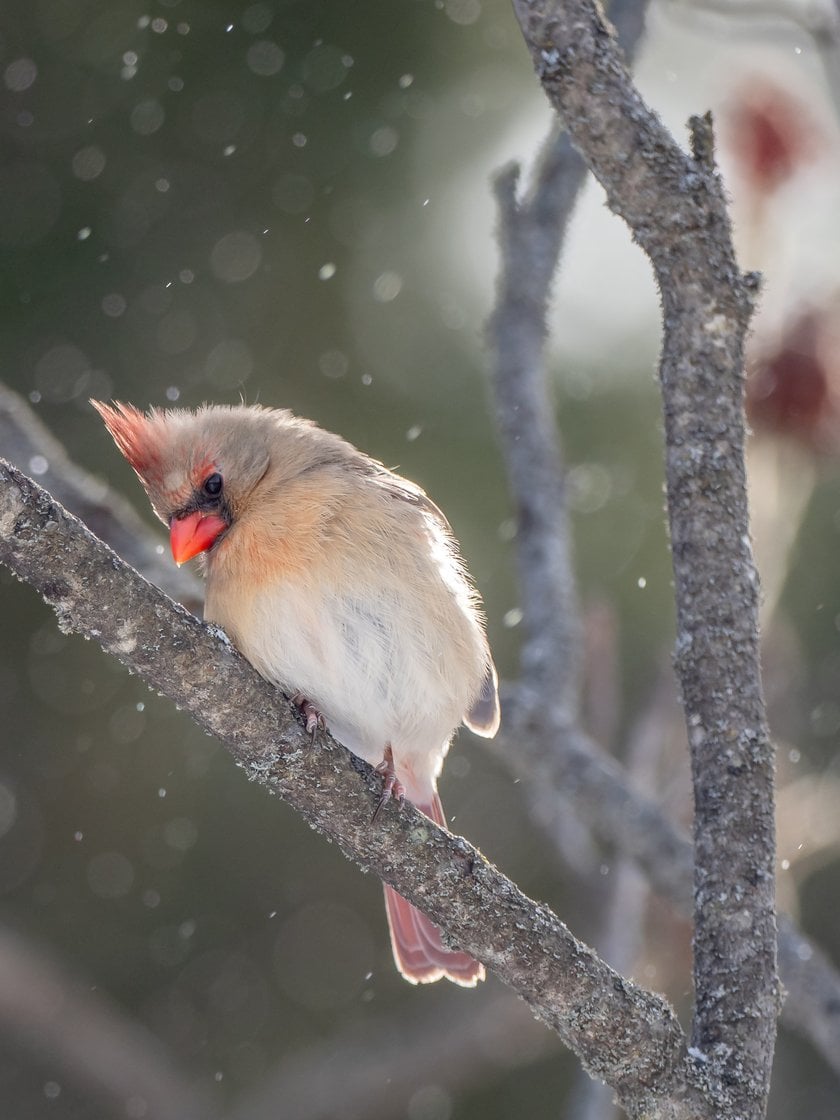
In reality, your income can range from a few thousand dollars a year to hundreds of thousands of dollars:
Annual Salary | Monthly Pay | Weekly Pay | Hourly Wage | |
Top Earners | $58,000 | $4,833 | $1,115 | $28 |
75th Percentile | $45,000 | $3,750 | $865 | $22 |
Average | $42,345 | $3,528 | $814 | $20 |
25th Percentile | $32,000 | $2,666 | $615 | $15 |
*Salary information sourced from ZipRecruiter
Many people work freelance, which means that animal photographer salary can be unpredictable, depending on the number and quality of projects they are able to secure. Those who work as staff for magazines like National Geographic, wildlife organizations, or other companies may have more stable earnings.
How to Make Money If You’re a Wildlife Photographer?
As you have already realized, wildlife photographer jobs can bring you a good profit. But how to take photos, travel the world, and make money from photography? Today, great wildlife photographers not only sell their pictures, but also market their unique style, brand, and experience.
In fact, many professionals in the industry have diversified their income streams to include a variety of offerings such as workshops, seminars, many photo books with wildlife images, and innovative forms of publishing. This multifaceted approach allows photographers to earn money from a variety of sources.
1. Sell Photos at Craft Fairs
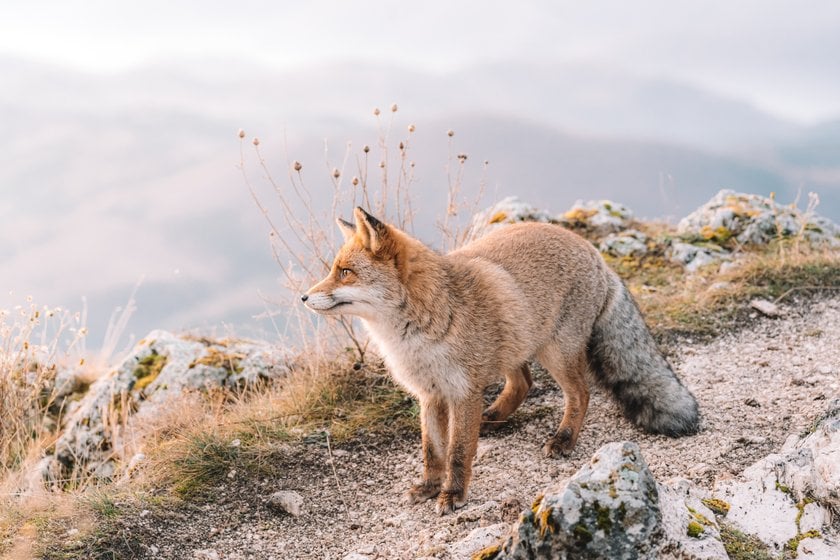 Craft fairs are events where artists and craftspeople sell their handmade goods directly to customers, and they often draw large crowds of people looking for unique, one-of-a-kind items. You just need to create prints of your photography work that are suitable for display and retail. Be sure to choose high-quality materials and printing methods that will show your wildlife photos in the best possible light.
Craft fairs are events where artists and craftspeople sell their handmade goods directly to customers, and they often draw large crowds of people looking for unique, one-of-a-kind items. You just need to create prints of your photography work that are suitable for display and retail. Be sure to choose high-quality materials and printing methods that will show your wildlife photos in the best possible light.
2. Run Wildlife Photography Workshops
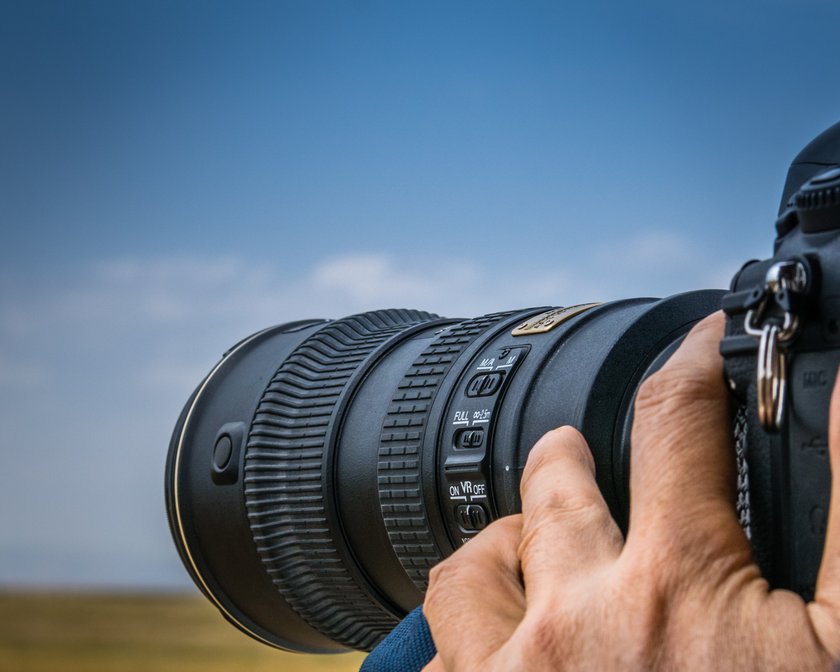 This is the next step in an animal photographer's career and at the same time a great earning opportunity. So, running nature photography workshops can be a lucrative and rewarding way for experienced enthusiasts to share their knowledge and passion with others while making money.
This is the next step in an animal photographer's career and at the same time a great earning opportunity. So, running nature photography workshops can be a lucrative and rewarding way for experienced enthusiasts to share their knowledge and passion with others while making money.
Create a detailed itinerary that includes scheduled photography sessions, group discussions, and demonstrations. Be sure to include time for participants to explore the location and practice their photography skills on their own. Also, provide participants with resources such as photo editing software recommendations.
3. Give Talks and Presentations
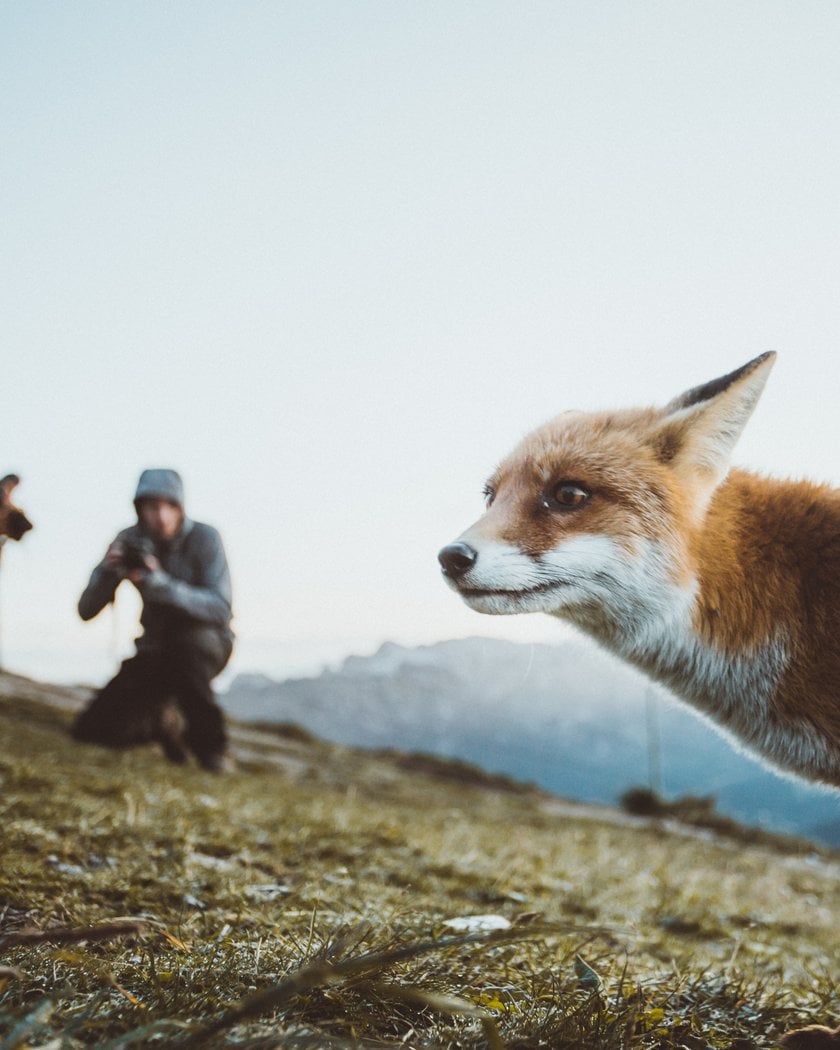 Decide what you want to cover in your presentation, such as your own work and experiences, techniques, subjects like geography places and wildlife photography tips, or conservation efforts related to the species you photograph. Also, don't forget to create a visually appealing session with high-quality images and graphics.
Decide what you want to cover in your presentation, such as your own work and experiences, techniques, subjects like geography places and wildlife photography tips, or conservation efforts related to the species you photograph. Also, don't forget to create a visually appealing session with high-quality images and graphics.
4. Sell to Newspapers
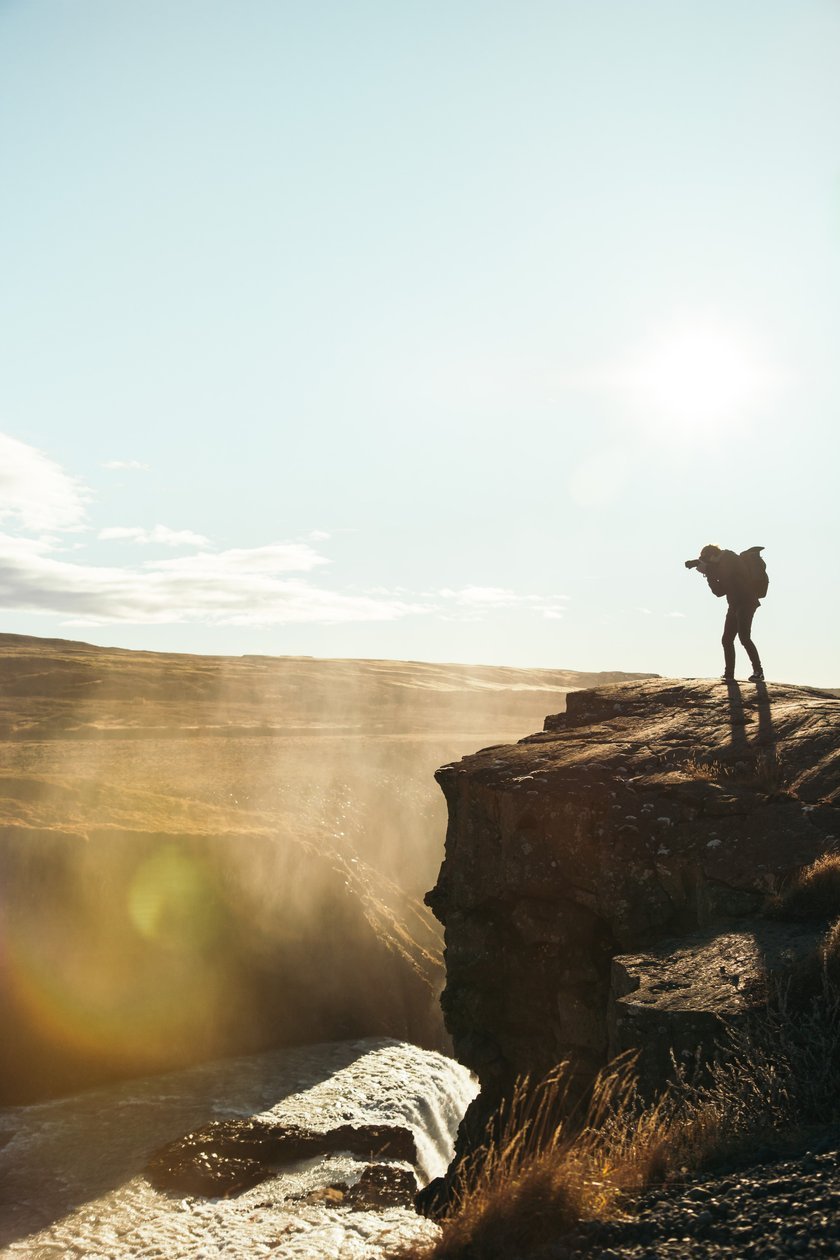 Look for newspapers that have a section dedicated to nature or wildlife photography, or that frequently feature photojournalism. Research the style and aesthetic of the paper to make sure your work is a good fit. Then contact the magazine with a pitch that includes a selection of your best wildlife photos, along with a brief description of the animals.
Look for newspapers that have a section dedicated to nature or wildlife photography, or that frequently feature photojournalism. Research the style and aesthetic of the paper to make sure your work is a good fit. Then contact the magazine with a pitch that includes a selection of your best wildlife photos, along with a brief description of the animals.
5. Work as a Freelancer
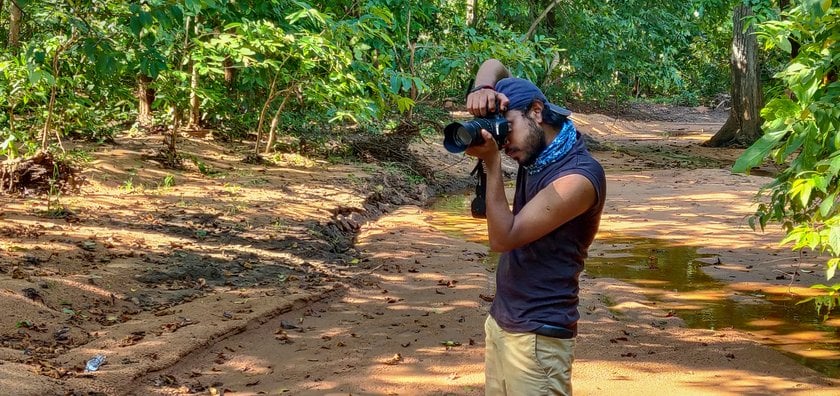 Freelancing can be a rewarding and flexible way to pursue your passion while earning money. With careful planning and execution, you can create a successful business and build a reputation as a talented and sought-after professional. Just be sure to promote your services on social media, photography forums, and relevant publications. Also, create a website that showcases your portfolio and services.
Freelancing can be a rewarding and flexible way to pursue your passion while earning money. With careful planning and execution, you can create a successful business and build a reputation as a talented and sought-after professional. Just be sure to promote your services on social media, photography forums, and relevant publications. Also, create a website that showcases your portfolio and services.
6. Consider Offering Extra Services
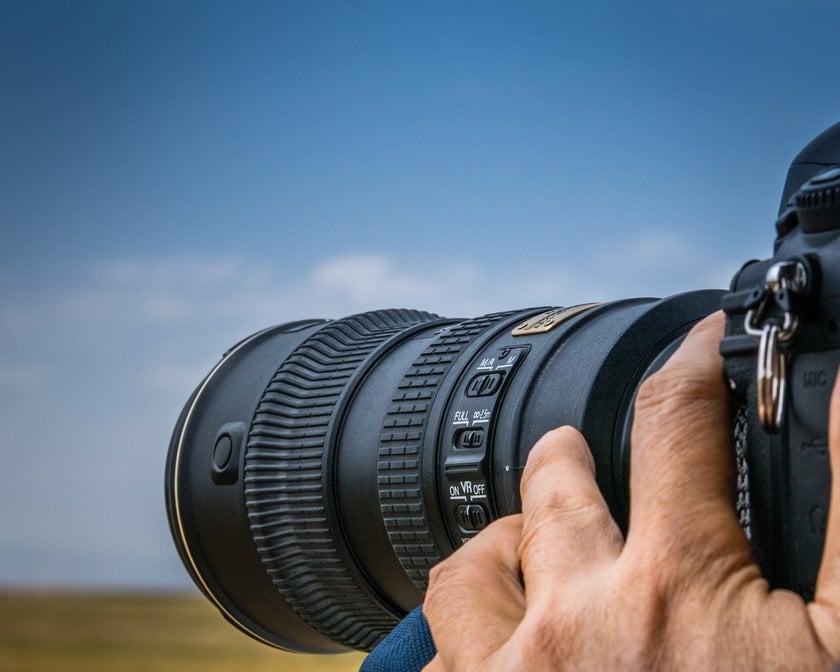 Offering additional services not only adds value to your clients but can also help you increase your revenue and diversify your revenue streams. For example, you can provide photo editing and retouching services. Many people don't have the time or skills to edit their shots or remove unwanted objects from photos, so offering this feature can be a valuable addition to your business.
Offering additional services not only adds value to your clients but can also help you increase your revenue and diversify your revenue streams. For example, you can provide photo editing and retouching services. Many people don't have the time or skills to edit their shots or remove unwanted objects from photos, so offering this feature can be a valuable addition to your business.
Conclusion
Many people aspire to achieve their dreams and turn their passions into successful professions. So, wildlife photography can be a fulfilling and rewarding career. While selling photos is one way to earn income, there are many other ways to make money and grow your business. With passion, dedication, and creativity, you can capture stunning images of wildlife, inspire others to appreciate the beauty of the natural world, and make a living doing what you absolutely adore.
FAQ
How Hard Is It to Become a Wildlife Photographer?
Becoming a wildlife photographer takes dedication and hard work, but the rewards are immense that you can have a dream job working with animals in their natural habitat, an opportunity that many people can only dream of. While the road to success can be challenging, the chance to capture the beauty of wildlife and share it with the world makes it all worthwhile.
Do Wildlife Photographers Carry Guns?
While some professionals may choose to carry guns or pepper spray for self-defense against aggressive animals, in most cases they rely on enclosed vehicles and basic camouflage or scent masking techniques to avoid detection by predators. While working in the wild, photographers must always be aware of their surroundings and take precautions to ensure their safety while respecting the natural habitats and behaviors of the animals.
Do Wildlife Photographers Work Alone?
Such specialists may act alone, especially if they are freelancers or pursuing personal projects. They may also work as part of a team or collaborate with other professionals such as wildlife biologists, conservationists, or filmmakers. In some cases, they may have assistants to help carry equipment or scout locations.

 >
>

